Can You Mix Fleece with Synthetic Chenille?
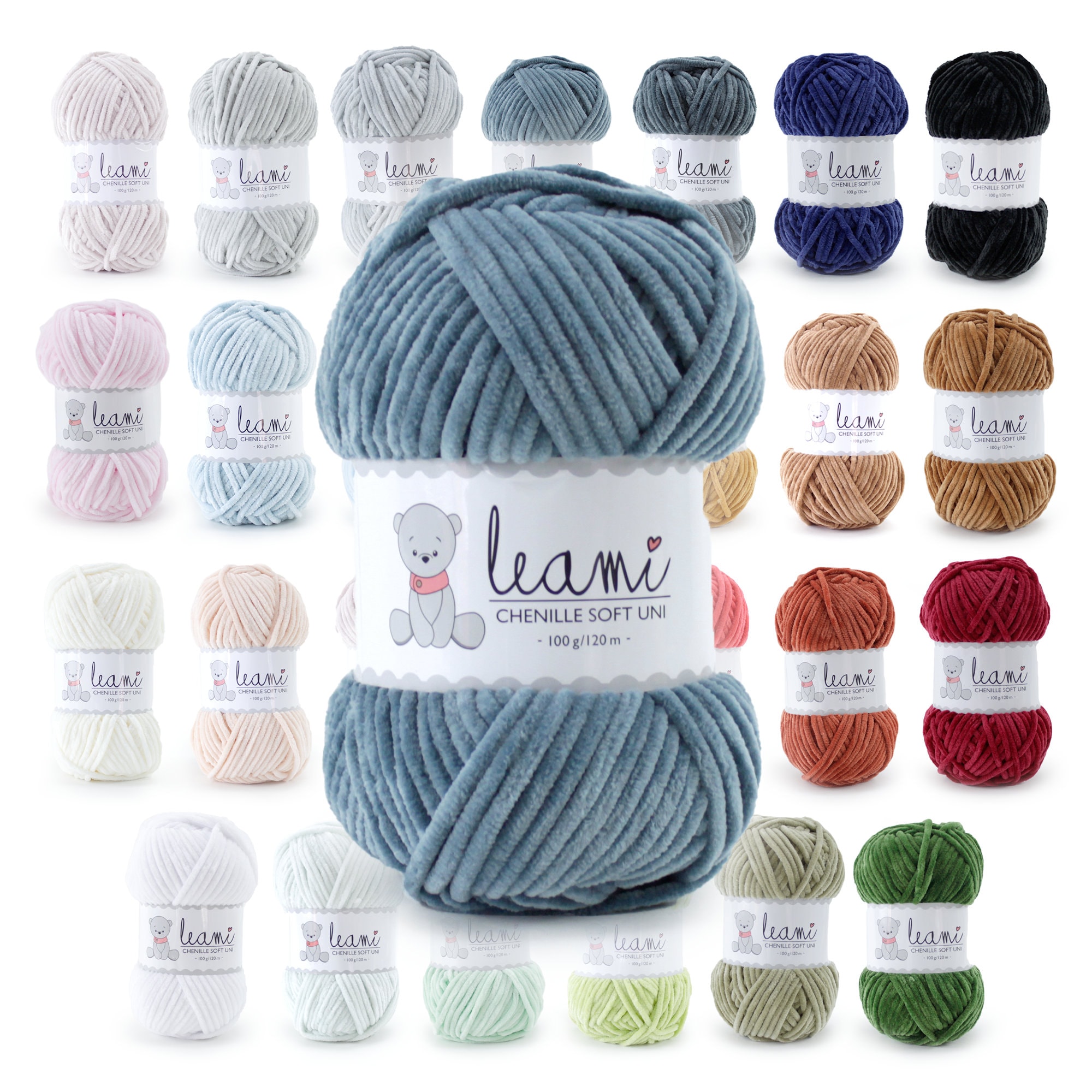
Fabric compatibility is crucial in fashion and sewing, impacting the final product’s look, feel, and durability. When it comes to mixing fleece with synthetic chenille, understanding how these materials interact is key. This article explores their compatibility, benefits, challenges, and practical sewing tips.
Compatibility Analysis
Yes, you can mix fleece with synthetic chenille, but it requires attention to detail. These fabrics can complement each other well, offering unique textures and design possibilities. However, differences in texture, weight, and care requirements must be considered to ensure a harmonious blend.
Texture and Weight: Fleece is typically lightweight and soft, while synthetic chenille is heavier with a plush feel. This contrast can create visually interesting pieces, but balancing the weight is essential to avoid uneven draping.
Stretch and Care Requirements: Fleece often has some stretch, whereas chenille is less elastic. This difference might affect how the fabrics move together. Additionally, fleece and chenille have distinct care instructions, which can complicate maintenance.
Durability: Both fabrics are durable, but their longevity depends on proper care. Fleece is known for its resilience, while chenille requires gentle handling to prevent wear.
Fabric Properties Comparison Table
| Property | Fleece | Synthetic Chenille |
|---|---|---|
| Fiber Content | Synthetic (polyester) | Synthetic (polyester, acrylic) |
| Weight and Thickness | Lightweight to medium | Medium to heavy |
| Breathability | Moderate | Low |
| Moisture-Wicking | Yes | No |
| Stretch and Elasticity | Moderate | Low |
| Wrinkle Resistance | High | Moderate |
| Care Instructions | Machine wash cold, air dry | Hand wash or gentle cycle, air dry |
| Durability | High | Moderate |
Benefits of Mixing These Fabrics
Mixing fleece with synthetic chenille offers several advantages:
- Enhanced Texture and Visual Interest: The combination of fleece’s soft texture with chenille’s plushness creates a rich, tactile experience.
- Improved Comfort and Performance: Fleece’s moisture-wicking properties enhance comfort, while chenille adds warmth and luxury.
- Better Drape and Movement: When balanced correctly, these fabrics can drape beautifully, adding elegance to garments.
- Cost-Effectiveness: Both materials are relatively affordable, making them a budget-friendly option for creative projects.
- Seasonal Versatility: This fabric pairing is ideal for fall and winter garments, offering warmth and style.
- Design Possibilities: The contrasting textures open up creative avenues in both fashion and home decor.
Potential Challenges
While the benefits are appealing, mixing these fabrics can present challenges:
- Different Shrinkage Rates: Pre-wash both fabrics to minimize shrinkage discrepancies.
- Conflicting Care Requirements: Opt for gentle washing methods suitable for both materials.
- Texture Clash or Pilling: Use a fabric shaver to manage pilling and maintain a smooth finish.
- Seam Puckering: Use appropriate thread tension and seam allowances to prevent puckering.
- Color Bleeding or Fading: Test for colorfastness before combining fabrics.
Sewing & Styling Tips
- Sewing Techniques: Use a stretch needle and polyester thread to accommodate both fabrics’ properties.
- Interfacing Needs: Lightweight interfacing can stabilize fleece without adding bulk.
- Seam Finishing: Consider overlocking or zigzag stitching to prevent fraying.
- Pattern Selection: Choose patterns that account for the weight and drape of both fabrics.
- Styling Ideas: Combine fleece and chenille in jackets, throws, or cushion covers for added texture.
Care & Maintenance Guide
- Washing Instructions: Wash on a gentle cycle with cold water to preserve both fabrics.
- Drying Recommendations: Air dry to prevent heat damage and maintain fabric integrity.
- Ironing and Steaming Tips: Use a low heat setting and a pressing cloth to avoid damaging chenille.
- Stain Removal: Treat stains promptly with mild detergent and cold water.
- Long-term Care: Store garments in a cool, dry place to prevent mildew and fading.
FAQ Section
-
Can you wash fleece and synthetic chenille together?
Yes, but use a gentle cycle and cold water to accommodate both fabrics. -
Will fleece shrink more than synthetic chenille?
Fleece may shrink slightly more; pre-washing both fabrics is recommended. -
What needle size should I use for sewing these fabrics together?
A stretch needle, size 75/11 or 80/12, works well for both materials. -
Can you mix fleece and synthetic chenille in one garment?
Absolutely, they can create a unique and stylish piece when combined thoughtfully. -
How do you prevent texture issues when combining these fabrics?
Pre-wash and use a fabric shaver to manage pilling and texture differences. -
Is it okay to mix these fabrics for upholstery?
Yes, but ensure the design accounts for chenille’s heavier weight. -
What’s the best way to finish seams with these fabrics?
Overlocking or zigzag stitching can effectively finish seams and prevent fraying.
By understanding the properties and compatibility of fleece and synthetic chenille, you can create stunning, durable projects that showcase the best of both fabrics. Whether for fashion or home decor, this fabric pairing offers endless possibilities for creativity and style.
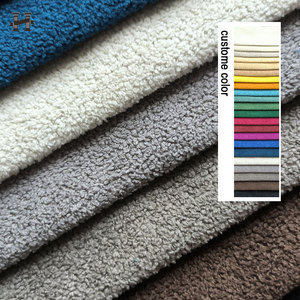
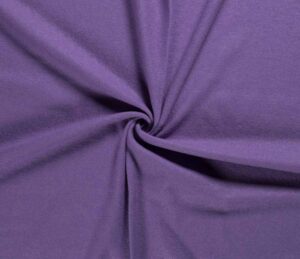
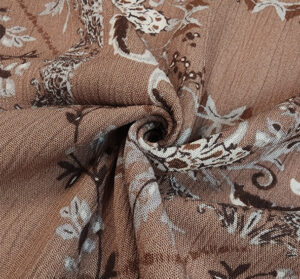
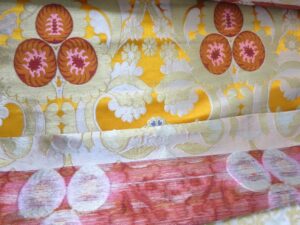
Leave a Reply